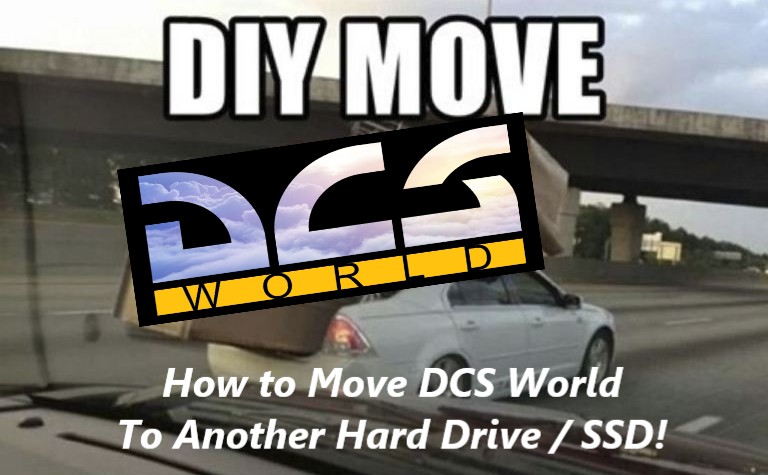What makes up a Graphics Card in 2023.
When it’s time to purchase a new GPU then to get the best graphics card 2023 you should understand the terminology and how they work. This blog will guide you through this and give you the latest options to consider.
A graphics card, also known as a video card, is an essential component of a PC that is responsible for rendering images, videos, and animations on a monitor. The graphics card consists of several major components that work together to deliver high-quality graphics and video performance. Here are the major components of a PC graphics card and their functions:
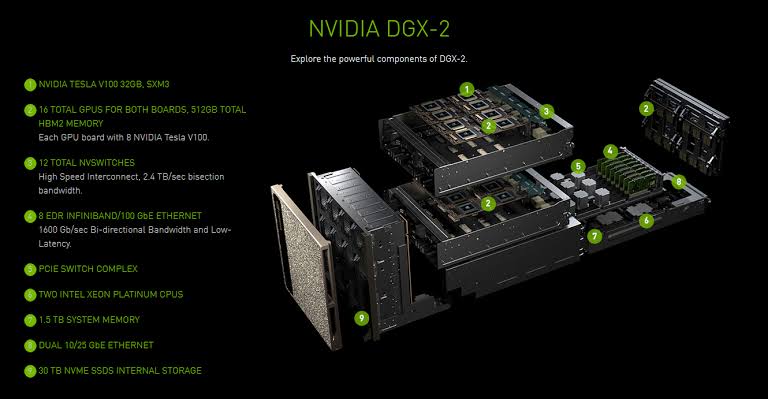
- GPU (Graphics Processing Unit): The GPU is the most critical component of a graphics card, responsible for processing complex visual data and rendering it on the screen. It contains thousands of tiny processors that work in parallel to handle complex calculations and create high-quality images. The GPU has its dedicated memory and its own cooling system to handle the heat generated by its processing power.
- VRAM (Video Random Access Memory): VRAM is a high-speed memory that is used to store visual data and textures. The VRAM is separate from the computer’s RAM, allowing the graphics card to access and transfer data quickly, leading to smoother performance. The amount of VRAM varies depending on the graphics card’s model and determines the maximum resolution and texture quality it can handle.
- Cooling System: Graphics cards generate a lot of heat due to the high processing power of the GPU. The cooling system consists of a heatsink, a fan or fans, and sometimes liquid cooling, which helps dissipate the heat generated by the GPU, keeping the card at a safe operating temperature.
- PCB (Printed Circuit Board): The PCB is the backbone of the graphics card, which connects all the components of the card, including the GPU, VRAM, and cooling system, and allows them to work together seamlessly.
- Display Outputs: Graphics cards come with various display outputs, including HDMI, DisplayPort, and DVI, allowing the user to connect to multiple displays simultaneously.
In conclusion, a graphics card is an essential component of a PC that consists of several major components that work together to deliver high-quality graphics and video performance. Understanding these components can help you choose the right graphics card for your needs and optimize your PC’s performance.
Graphics Card Metrics for Performance.
The primary graphics card metrics for performance include:
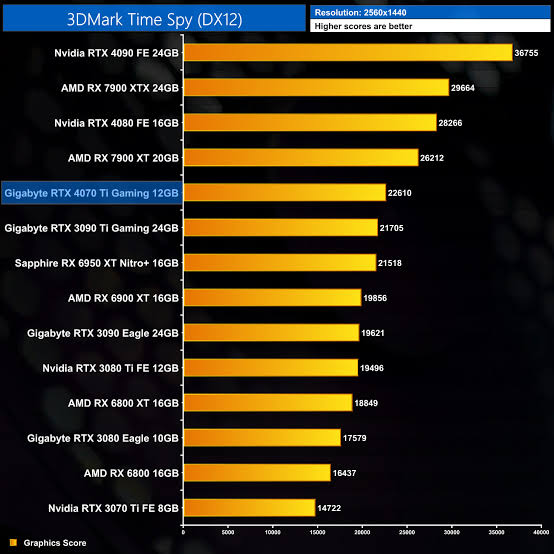
- Clock Speed: The clock speed of a graphics card refers to the rate at which its processor operates. It is measured in MHz (megahertz) or GHz (gigahertz) and higher clock speeds generally result in better performance.
- Memory: Graphics card memory, also known as VRAM (video random access memory), is used to store textures, images, and other data that the graphics card needs to render. The more VRAM a graphics card has, the more data it can store, which can result in better performance.
- Memory Bandwidth: Memory bandwidth refers to the rate at which data can be transferred between the graphics card’s memory and its processor. It is measured in GB/s (gigabytes per second) and higher memory bandwidth can result in better performance.
- CUDA Cores/Stream Processors: CUDA cores (for NVIDIA) or Stream Processors (for AMD) are the processing units on the graphics card. Higher numbers of these units generally result in better performance.
- TDP (Thermal Design Power): TDP refers to the maximum amount of heat that a graphics card is designed to dissipate. Higher TDP can allow for better performance, but it can also result in increased heat and power consumption.
Performance can be measured and compared through benchmark tests, which are standardized tests that simulate the workload of graphics-intensive applications or games.
There are various benchmark tools available, such as 3DMark, Unigine Heaven, and FurMark, that can be used to test graphics card performance. Benchmark scores can be compared to see how different graphics cards perform relative to each other.
Additionally, performance can also be evaluated through real-world gaming tests, where graphics cards are tested by playing games and measuring frame rates and other metrics.
Technology that Boosts GPU Performance.
GPU Ray Tracing, DLSS 3.0, and FSR 2.0 are all technologies used in gaming to improve the performance and visual quality of games. These technologies use AI to down scale the native picture to improve performance and increase fps. Obviously, if a 4k picture is down scaled to 1080p it is a quarter of the detail. This brings a big performance boost in much more FPS.
The graphics cards then use their tensor cores which run complex algorithms to upscale to the original quality. It’s impressive technology that has gotten better and better by both Nvidia with its DLSS (Deep Learning Super Sampling) and AMDs FSR 2.0 (Fidelity Super Resolution).

Do these Technologies make a real difference?
In the gaming world they can improve both quality of picture, lighting effects and performance. Yes, they can and do but with a caveat. It seems more beneficial if you’re gaming at 1440P or 4K with much better improvements but at 1080p the general improvements I’ve experienced have not been as high as the companies would have you believe. Beneficial yes but not in all situations.
- Latest CPU’s Available Now – Amazon.com
- Get a NEW GPU Best Performance – AMAZON.com
- Upgrade RAM Here today – AMAZON.com
- Prebuilt PC Options – AMAZON.com
GPU RAY TRACING
GPU Ray Tracing is a rendering technique that allows for more realistic lighting and shadows in games. It works by simulating the way light behaves in the real world, which leads to more accurate reflections and shadows. This can greatly improve the visual quality of games and make them look more lifelike. However, ray tracing can be very demanding on hardware, which can lead to decreased performance in terms of fps (frames per second).
DLSS by NVIDIA.
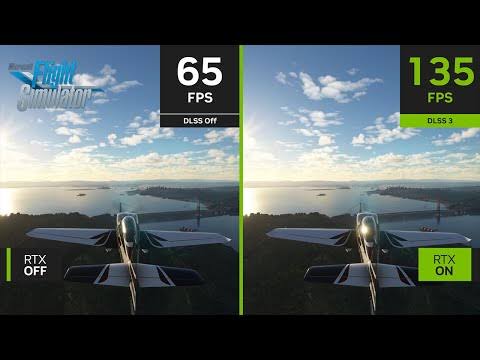
DLSS 3.0 or Deep Learning Super Sampling, is a technique developed by Nvidia that uses AI to upscale lower resolution images to higher resolutions. This can help improve the performance of games, as it allows for smoother gameplay without sacrificing visual quality.
DLSS works by using machine learning algorithms to predict what the higher resolution image would look like and then creating it using the lower resolution image as a base. This technique can also help improve the fps of games, as it reduces the strain on hardware that would normally be required to render higher resolution images.
AMD Radeon FSR 2.0.
FSR 2.0, or Fidelity FX Super Resolution 2.0, is a similar technology developed by AMD. It also uses AI to upscale lower resolution images to higher resolutions, but it uses a different technique than DLSS. FSR works by using a combination of spatial upscaling and temporal upscaling to create higher resolution images. This technique is less demanding on hardware than DLSS, which can lead to even better fps performance. However, FSR may not be able to achieve the same level of visual quality as DLSS in some cases.
In conclusion, GPU Ray Tracing, DLSS 3.0, and FSR 2.0 are all technologies used in gaming to improve the performance and visual quality of games. While Ray Tracing can decrease fps, DLSS and FSR can help improve performance while maintaining or even improving visual quality. Choosing which technology to use will depend on a variety of factors, including hardware specifications, personal preferences, and the specific game being played.
What are the Top Tier GPUS in 2023?
Best Graphics Card 2023 by NVIDIA RTX.
Nvidia 3000/4000 series GPUs: (UPDATED LINKS MArch 2025 for NEWER GPU Options for YOU! Amazon.com Links).
- Nvidia RTX 4090 – AMAZON.com
- Nvidia RTX 4080 – AMAZON.com
- Nvidia RTX 3090 – AMAZON.com
- Nvidia RTX 3080 – AMAZON.com
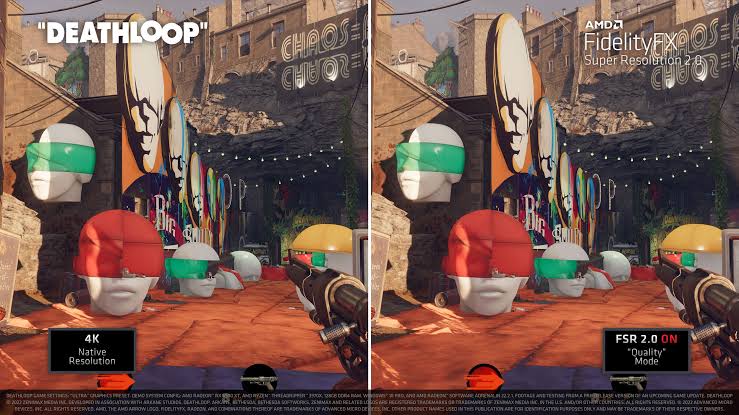
The NVIDIA 4000 series GPUs have been a much-awaited upgrade to the previous generation of graphics cards. These GPUs are built on the latest Ampere architecture, which brings a significant performance boost over the previous Turing architecture. Here are five good and bad points of the NVIDIA 4000 series GPUs.
Good points:
- Exceptional performance: The NVIDIA 4000 series GPUs offer exceptional performance for gaming, content creation, and machine learning tasks. With the latest Ampere architecture, these GPUs deliver faster rendering times, higher frame rates, and smoother gameplay.
- Efficient power consumption: The 4000 series GPUs are built on the 7nm manufacturing process, which offers higher efficiency in power consumption. This means that these GPUs can offer better performance without consuming more power.
- Ray Tracing: The 4000 series GPUs feature hardware-accelerated ray tracing, which allows for more realistic lighting and shadows in games and other applications.
- DLSS: The 4000 series GPUs also feature Deep Learning Super Sampling (DLSS) technology, which uses AI to enhance the resolution and graphics quality of games while maintaining a high frame rate.
- Improved cooling: The 4000 series GPUs feature improved cooling solutions, which allow for more efficient heat dissipation and better overclocking performance.
Bad points:
- Price: The 4000 series GPUs are quite expensive, making them unaffordable for most consumers.
- Availability: The 4000 series GPUs have been in short supply since their release, making them difficult to purchase.
- Memory capacity: Some of the 4000 series GPUs come with limited memory capacity, which can be a bottleneck for some applications.
- Power requirements: The 4000 series GPUs require high power delivery, which means that they may not be compatible with all systems.
- Size: Some of the 4000 series GPUs are quite large, which can make them difficult to fit into some computer cases.
Overall, the NVIDIA 4000 series GPUs are an exceptional upgrade over the previous generation of graphics cards. They offer exceptional performance, efficient power consumption, and advanced features like ray tracing and DLSS. However, they are quite expensive and have limited availability, making them difficult to obtain for most consumers.
Best Graphics Card 2023 by AMD Radeon. (UPDATED LINKS MArch 2025 for NEWER GPU Options for YOU! Amazon.com Links).
- AMD Radeon RX 7900 XTX – AMAZON.com
- AMD Radeon RX 7900 – AMAZON.com
- AMD Radeon RX 6900 – AMAZON.com
- AMD Radeon RX 6950 XT – AMAZON.com
- AMD RADEON 6800 XT – AMAZON.com
The AMD Radeon 7000 series GPUs have been highly anticipated by the gaming community and have been well received since their release. These graphics cards offer excellent performance and are a great choice for gamers and content creators alike. Here are some of the good and bad points of the AMD Radeon 7000 series GPUs.
Good Points:
- FSR 2.0: AMD’s FidelityFX Super Resolution (FSR) 2.0 is a new feature that enhances performance by rendering games at a lower resolution and then upscaling them to higher resolutions. This technology is extremely useful for gamers who want to run demanding games on lower-end hardware.
- Ray Tracing Performance: The AMD Radeon 7000 series GPUs feature hardware-accelerated ray tracing, which greatly enhances the realism of games by simulating the behavior of light. This feature is a game-changer for gamers who want to experience the best possible graphics.
- Excellent Performance: The AMD Radeon 7000 series GPUs offer excellent performance in both gaming and content creation. These graphics cards are a great choice for anyone who wants to get the most out of their system.
- Competitive Pricing: The AMD Radeon 7000 series GPUs are priced competitively, making them an excellent choice for gamers who want a high-performance graphics card without breaking the bank.
- Open-Source Support: The AMD Radeon 7000 series GPUs are well-supported by the open-source community, which means that users can expect excellent driver support and compatibility with Linux-based operating systems.
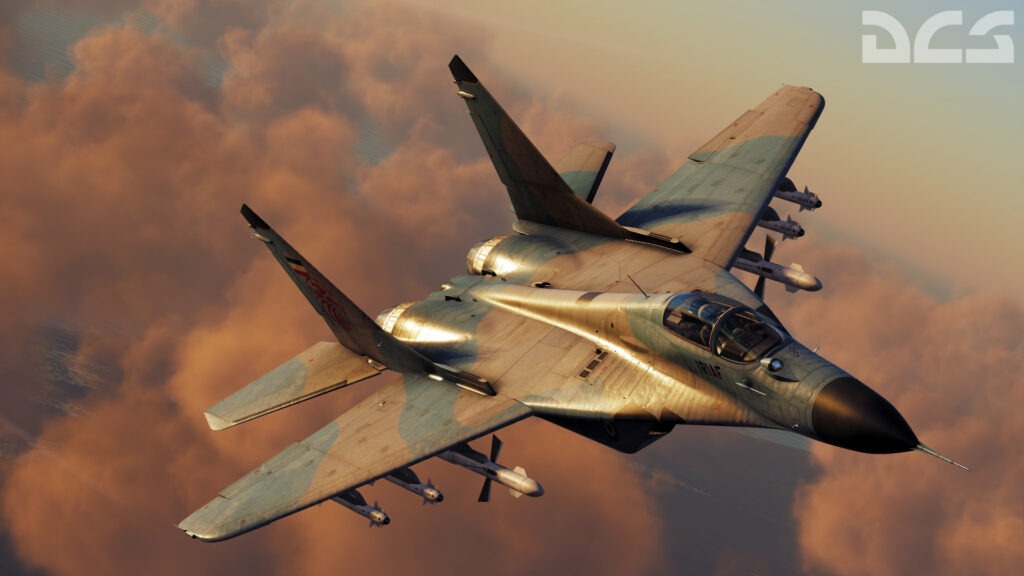
Bad Points:
- Availability: The AMD Radeon 7000 series GPUs have been in high demand since their release, which means that they are often out of stock. This can be frustrating for gamers who want to purchase one of these graphics cards.
- Power Consumption: The AMD Radeon 7000 series GPUs are power-hungry and require a beefy power supply to run efficiently. This can be a concern for users who have lower-end systems.
- Large Size: The AMD Radeon 7000 series GPUs are large and can take up a lot of space in a system. This can be a problem for users who have smaller cases.
- Limited Ray Tracing Support: While the AMD Radeon 7000 series GPUs do support ray tracing, they are not as powerful as their Nvidia counterparts in this area.
- Driver Issues: Some users have reported issues with the drivers for the AMD Radeon 7000 series GPUs. While these issues are rare, they can be frustrating for users who experience them.
Overall, the AMD Radeon 7000 series GPUs are a great choice for gamers and content creators who want excellent performance and features. While there are some minor drawbacks to these graphics cards, they are well worth considering for anyone who wants the best possible performance from their system.
Conclusion:
In 2023, two of the leading graphics processing unit (GPU) manufacturers, AMD and NVIDIA, released their latest and greatest offerings with the AMD 7000 series and NVIDIA 4000 series GPUs. These new GPUs have been highly anticipated by gamers and professionals alike, as they promise to deliver even better performance and efficiency than their predecessors.
Here are five good points and five bad points to consider before purchasing either the AMD 7000 series or NVIDIA 4000 series GPU.
Good Points:
- Performance: Both the AMD 7000 series and NVIDIA 4000 series GPUs are designed to offer top-of-the-line performance, with faster clock speeds and higher memory bandwidth.
- Ray Tracing: Ray tracing technology is a major selling point for these new GPUs, providing realistic lighting and reflections that can greatly enhance the gaming or design experience.
- Efficiency: Both AMD and NVIDIA have made strides in improving the efficiency of their GPUs, resulting in less heat and noise output, and better power consumption.
- VR Support: These GPUs are designed to support virtual reality (VR) gaming, which is becoming increasingly popular among gamers.
- AI Acceleration: The NVIDIA 4000 series GPUs come equipped with Tensor Cores, which enable AI acceleration for deep learning and machine learning applications.
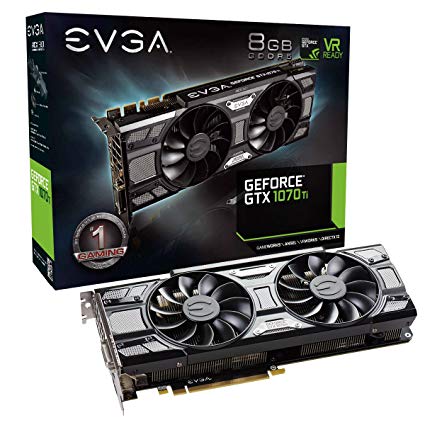
Bad Points:
- Price: These new GPUs come at a premium price, making them unaffordable for many people.
- Availability: Due to high demand, these GPUs may be difficult to find in stock, leading to frustrating wait times.
- Compatibility: Upgrading to a new GPU may require upgrading other components of your system, such as the power supply or motherboard.
- Heat Output: Even with improved efficiency, these new GPUs still generate a significant amount of heat, which can be a concern for some users.
- Noise Output: Depending on the cooling system used, these new GPUs can produce noticeable noise levels during operation.
Recommendation:
If you’re in the market for a new GPU and have the budget to afford it, both the AMD 7000 series and NVIDIA 4000 series GPUs are excellent choices. They offer top-of-the-line performance, improved efficiency, and support for the latest gaming and design technologies. However, it’s important to consider your specific needs and budget before making a purchase, as these new GPUs come at a premium price point. It may be worthwhile to wait a few months after release to allow for supply to catch up with demand and for potential bugs to be worked out. Ultimately, the choice between AMD and NVIDIA will depend on your personal preferences and specific use case.

Author
Brendon McAliece (Aka Gunnie) is a military veteran with 23 years working on Jet Fighters, their weapons systems and ejection seat/module systems as well as munitions and R&D. Involved with flight simulation since the 1980s, he has flown all the major flight simulators over the years.
He is an Australian expat who has lived in Malaysia, UK, Saudi Arabia and more recently Thailand. He is a multi-lingual blogger who loves to share his life experiences here on LetsFlyVFR.com and DreamingGuitar.com, with his lifestyle and Travel experiences Blog plus his Dreaming Coffee website.
Learn More @ DreamingGuitar.com – DreamingCoffee.com – LetsFlyVFR.com
( HOME – BLOG – SHOP – ABOUT )
As an Amazon affiliate I may benefit from qualifying sales.









